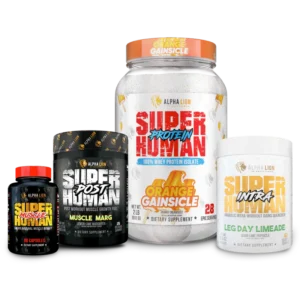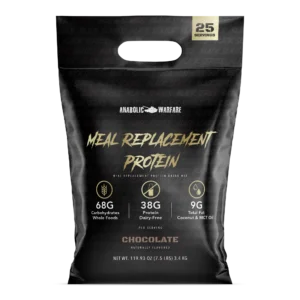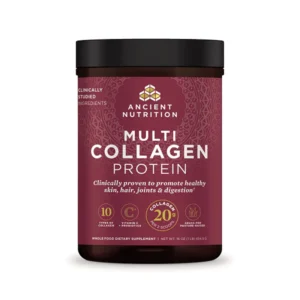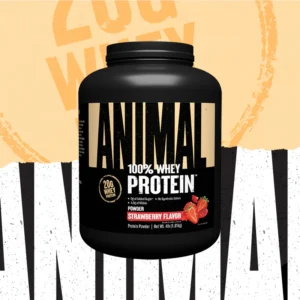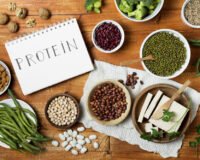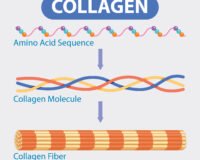Is it possible to buy cheap, affordable whey protein in today’s us retail market?
In the grand amphitheater of fitness and nutritional wellness, few supplements have commanded the stage with the same unwavering dominance as whey protein. It is the quintessential post-workout elixir, the macronutrient cornerstone for muscle protein synthesis, and a ubiquitous presence in the pantries of athletes, bodybuilders, and health-conscious individuals alike. Yet, for all its celebrated efficacy, a persistent and pragmatic question echoes from the gym floor to the digital marketplace: Is it genuinely possible to procure cheap, affordable whey protein in today’s complex US retail market without sacrificing quality on the altar of economy?
The answer, nuanced and multifaceted, is a resounding yes—but it is a yes that demands discernment, strategic acumen, and a willingness to navigate beyond the gilded marketing of monolithic brands. This treatise is not merely a list of products; it is a sophisticated framework for intelligent consumption. We will deconstruct the very nature of whey, analyze the economic forces at play, and provide you with the analytical tools to become a savant of value, ensuring that your pursuit of physical optimization is matched by financial sagacity.
Deconstructing the Whey: Understanding What You Are Actually Buying
Before one can intelligently hunt for value, one must first understand the currency of quality. Whey protein is not a monolithic entity. Its production process and purity create a hierarchy that directly influences both its price and its physiological utility.
- Whey Protein Concentrate (WPC): The most common and typically most affordable form. It is created by filtering whey to remove a portion of the lactose and fat. It generally contains between 70-80% protein by weight, with the remaining 20-30% comprising carbohydrates (lactose), fats, and minerals. For those without lactose sensitivities, WPC offers an exceptional balance of bioavailable protein and cost-effectiveness. The “cheap” whey protein that is still high quality will almost always be a WPC or a blend where WPC is the primary ingredient.
- Whey Protein Isolate (WPI): Subjected to further processing (typically cross-flow microfiltration or ion exchange), isolates remove almost all the lactose and fat, resulting in a product that is 90% protein or higher. This makes it ideal for the lactose-intolerant and those on strict calorie/carbohydrate-restricted diets. This purity comes at a premium, placing it in a higher price bracket.
- Whey Protein Hydrolysate (WPH): Often referred to as “pre-digested” whey, hydrolysate undergoes enzymatic hydrolysis to break the protein down into smaller peptides. This theoretically allows for faster absorption. It is the most expensive form and is often found in medical protein supplements and specialized sports nutrition products. For the average consumer, the marginal benefit rarely justifies the significant cost increase.
The Takeaway: The most direct path to affordability is to embrace a high-quality Whey Protein Concentrate. The notion that isolate is inherently “superior” is a misconception; it is simply different, catering to specific dietary needs. For the majority of the population, a well-produced WPC provides identical muscle-building benefits at a markedly lower cost per gram of protein.
The Algorithm of Affordability: Calculating True Value
The most common error consumers make is comparing the price of tubs instead of the price of protein. A massive 5lb tub of Brand A for $49.99 seems like a better deal than a 2lb tub of Brand B for $34.99. But is it?
You must become a relentless analyst of the Cost Per Serving and, more importantly, the Cost Per Gram of Protein.
- Tub A: 5lbs (approx. 2268g) / 30g serving size = ~75 servings. $49.99 / 75 servings = $0.67 per serving. Each serving has 24g of protein. $0.67 / 24g = ~$0.028 per gram of protein.
- Tub B: 2lbs (approx. 907g) / 30g serving size = ~30 servings. $34.99 / 30 servings = $1.17 per serving. Each serving has 25g of protein. $1.17 / 25g = ~$0.047 per gram of protein.
Tub A provides protein at nearly half the cost per gram. This simple calculation is your most powerful weapon in cutting through marketing hype and identifying genuine value. Always look for the “Servings Per Container” and “Protein Per Serving” on the label before considering the flashy tub price.
Related Products
-
Alpha Lion Mass Monster Stack
Original price was: $268.41.$169.99Current price is: $169.99. -
Ancient Nutrition Multi Collagen Protein
$42.46 -
Animal 100% Whey Protein
$52.45
The Retail Landscape: Where to Find Legitimate Whey Protein for Sale
The US market is a vast ecosystem of retailers, each with its own advantages and pitfalls.
1. The Online Behemoths: Amazon & Supplement Giants
- Amazon: The undisputed king of selection and convenience. Its algorithm is both a blessing and a curse.
- Pros: Unbeatable variety, frequent sales (Prime Day, Black Friday), subscriber discounts (Subscribe & Save), and rapid customer reviews for social proof.
- Cons: The platform can be a minefield of counterfeit or “frankenstein” products from third-party sellers. Always ensure you are buying “Ships from and sold by Amazon.com” or the official brand store. Use the price-per-gram calculation to compare across countless brands instantly.
- Dedicated Online Supplement Retailers: Websites like Bodybuilding.com, Vitamin Shoppe, and GNC.com are specialists.
- Pros: Often have exclusive deals and flavors, robust loyalty programs (e.g., Vitamin Shoppe’s Healthy Awards), and expert customer service. Their “clearance” or “overstock” sections can be goldmines for deep discounts on excellent products nearing their best-by date.
- Cons: Prices can sometimes be higher than Amazon unless a promotion is running.
2. The Brick-and-Mortar Experience: GNC & Vitamin Shoppe
- Pros: The ability to see and purchase a product immediately. Staff can often provide knowledgeable advice. They frequently run “Buy One, Get One 50% Off” (BOGO50) or even “Buy One, Get One Free” (BOGO) promotions, which, when calculated, can offer the absolute best value available anywhere.
- Cons: Regular walk-in prices are almost always significantly higher than online. Only purchase in-store when a major promotion is active.
3. The Value Vanguards: Big-Box & Warehouse Clubs
- Costco, Sam’s Club, BJ’s Wholesale: These are perhaps the most potent allies in the quest for affordable whey. They leverage their colossal buying power to secure exclusive deals with major manufacturers.
- Pros: They often sell massive (5-6lb) tubs of high-quality WPC or blends from reputable brands like Optimum Nutrition (Gold Standard 100% Whey), Dymatize, or their own exceptional premium house brands (e.g., Orgain Organic Protein or MuscleTech’s exclusive packages) at a cost-per-gram that decimates standard retail. A $65 5lb tub at Costco is almost always a better value than a $50 2lb tub elsewhere.
- Cons: Limited selection of brands and flavors. Requires a membership fee.
4. The Direct-to-Consumer (DTC) Disruptors
A new class of brands has emerged, cutting out the middleman to deliver value. Companies like Myprotein and Levels sell primarily through their own websites.
- Pros: By eliminating the retailer margin, they can offer extremely competitive prices, especially with introductory discounts and frequent site-wide sales (Myprotein is notorious for offering 40-50% off almost perpetually). They often offer unflavored options, which are usually the cheapest per gram.
- Cons: You must buy blind without the ability to see it in a store first. Shipping times can vary.

The House Brand Revelation: Embracing the Unsung Heroes
The single most effective strategy for finding cheap, high-quality whey protein is to shed brand allegiance and explore the premium house brands of reputable retailers. The stigma once associated with “generic” supplements is largely obsolete.
- Costco’s Kirkland Signature Protein: Routinely lauded by fitness communities and independent lab tests as being a top-tier product that rivals—and often surpasses—the quality of more expensive brands, at a fraction of the cost.
- Target’s Orgain Organic Protein: A leader in the organic, clean-label space, offering fantastic value for a specialized product.
- Walmart’s Body Fortress and Six Star: While positioned as budget options, they provide a functional product. Scrutinize the labels, as some formulas may have more fillers, but the protein content is legitimate and extremely affordable.
- Online Retailer Brands: Bodybuilding.com’s BodyFit, Myprotein’s Impact Whey, and Vitamin Shoppe’s True Athlete line are all examples of high-quality, rigorously tested products sold without the exorbitant cost of celebrity endorsements and global advertising campaigns.
These products are cheap not because they are inferior, but because their marketing budgets are microscopic compared to their overhead. The savings are passed directly to you.
Strategic Timing: The Art of the Purchase
The savvy consumer does not buy whey protein when they need it; they buy it when it is on sale. The market is cyclical.
- Black Friday / Cyber Monday: The absolute pinnacle of supplement discounts. This is the time to stock up for 6-12 months.
- New Year’s Resolution Season (Jan-Feb): Prices are competitive as retailers battle for the influx of new fitness enthusiasts.
- Prime Day (Summer): Amazon’s summer sale event features significant discounts on major brands.
- End-of-Financial-Quarter Sales: Many online retailers offer site-wide discounts to meet sales targets (often March, June, September, December).
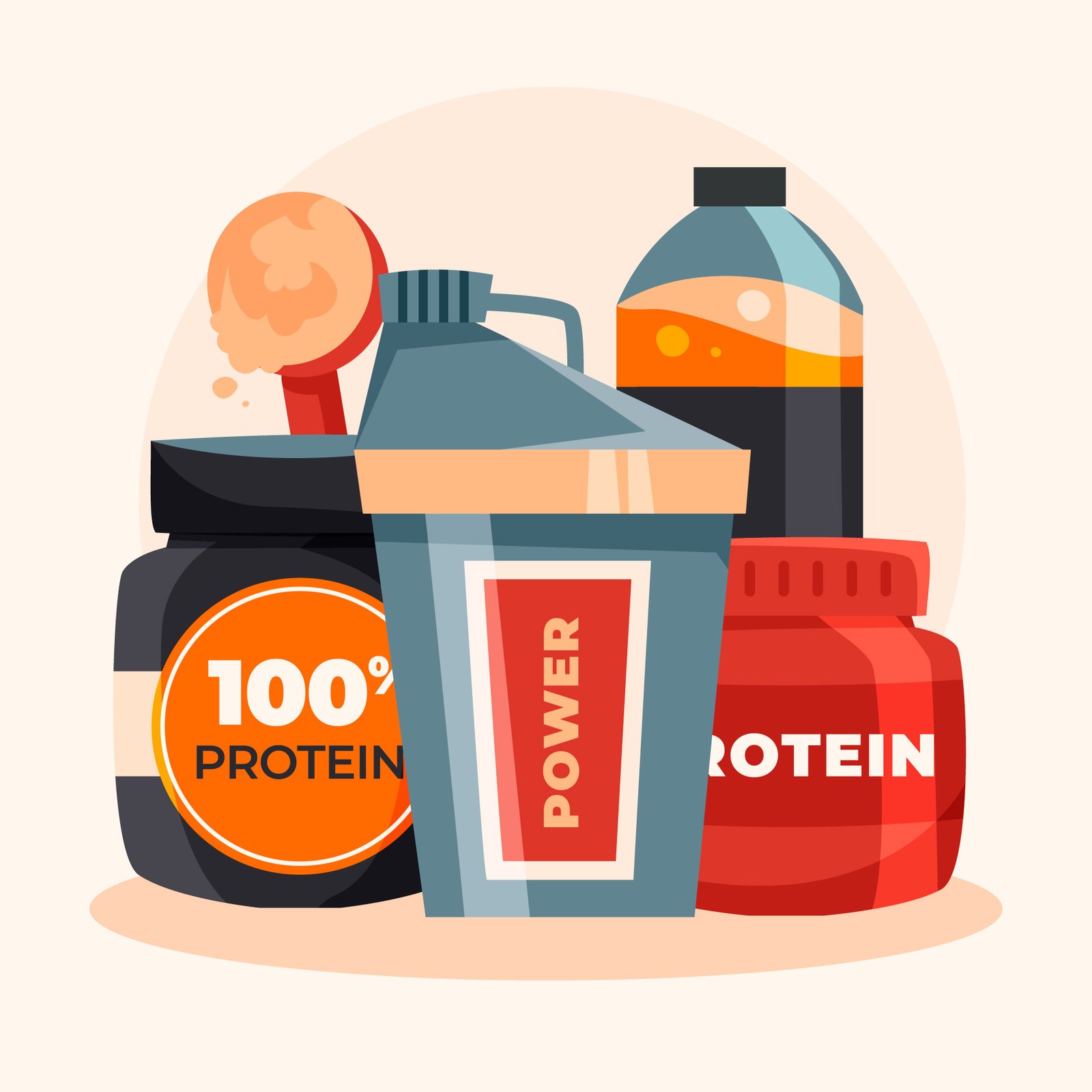
A Curated Shortlist: Exemplars of Value (Circa 2025/2026)
While specific prices fluctuate, the following brands consistently rank high in the value-to-quality ratio within the US market:
- Optimum Nutrition Gold Standard 100% Whey (Costco/Sam’s Club Version): The benchmark for quality, available in bulk at club stores for a phenomenal price.
- Dymatize Elite Whey Protein (on Amazon Sale): A superb blend that frequently appears on lightning deals.
- Myprotein Impact Whey Protein: The king of customizable, direct-to-consumer value, especially with a discount code.
- Kirkland Signature Whey Protein (Costco): The undisputed champion of outright value and quality in a single package.
- MuscleTech Nitro-Tech Whey Gold (BOGO50 at GNC/Vitamin Shoppe): A premium product that becomes very affordable when its frequent buy-one-get-one-half-off promotions are applied.
Seealso: the most affordable whey protein today in US territory
The Final Synthesis: A Protocol for the Discerning Consumer
The quest for affordable whey protein is not a hopeless endeavor but a winnable game of strategy. Arm yourself with this protocol:
- Identify Your Need: Unless you are lactose intolerant, prioritize Whey Protein Concentrate.
- Embrace the Calculation: Let Cost Per Gram of Protein be your primary metric. Ignore the allure of the big tub and focus on the nutrition label.
- Explore House Brands: Give the Kirkland Signature, Orgain, and True Athlete brands of the world a chance. They are the market’s worst-kept secret.
- Shop the Sales, Not the Need: Plan your purchases around major sale cycles. Buy in bulk during these periods.
- Leverage All Channels: Check club stores, online retailers, and brick-and-mortar promotions simultaneously before purchasing. A five-minute price comparison can save you 40%.
- Prioritize Reputable Sellers: Whether online or in-store, ensure you are buying from an authorized distributor to guarantee authenticity and purity.
In conclusion, the modern US retail market does not merely allow for the procurement of affordable, high-quality whey protein; it is, in fact, overflowing with opportunity for the educated consumer. The value is not hidden but exists in plain sight, waiting for those who are willing to move beyond brand mythology and embrace the empowering principles of informed economic choice. The perfect whey protein for sale, balancing impeccable quality with remarkable value, is not a myth—it is a purchase awaiting your discerning execution.


